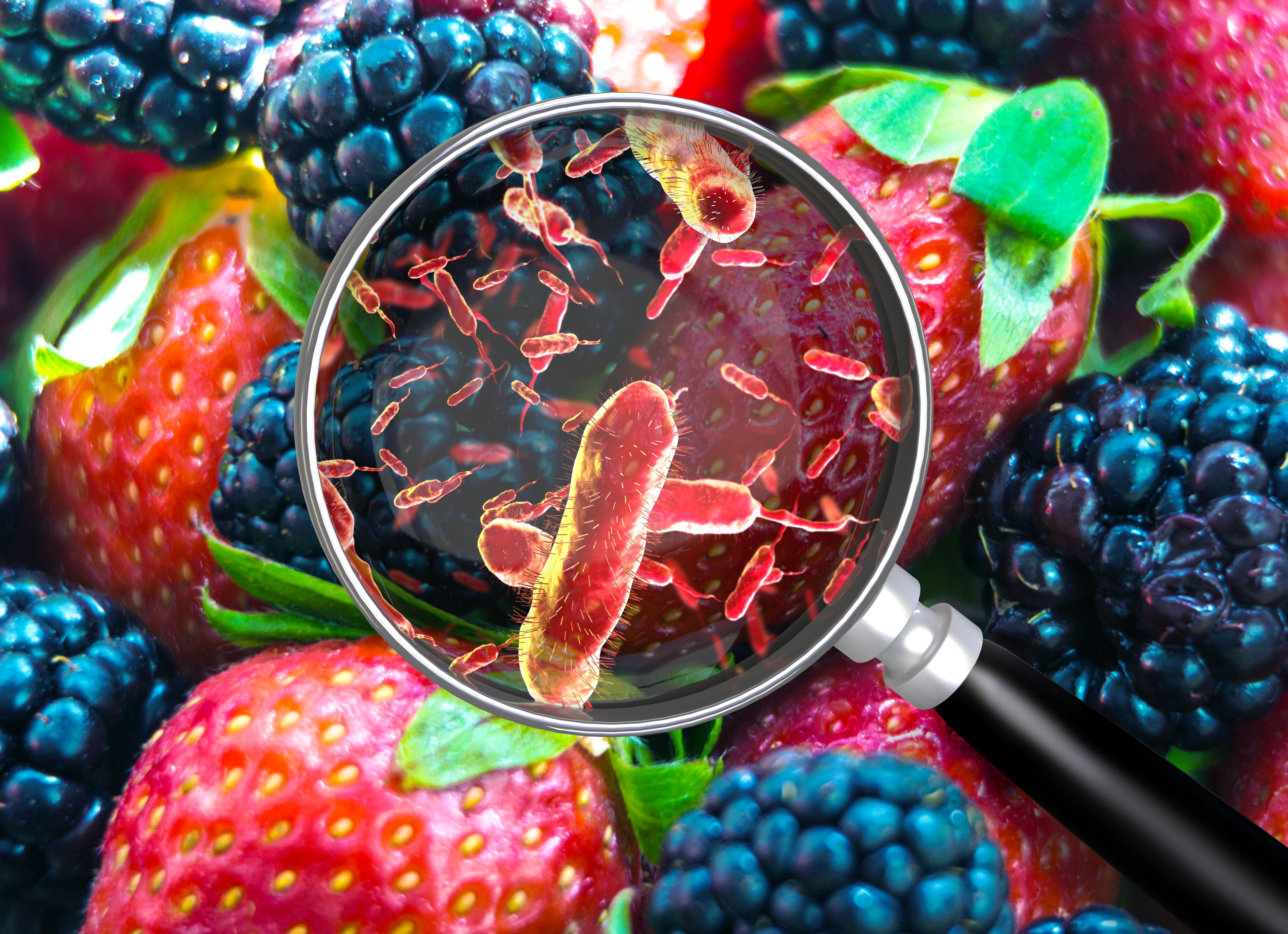Using LIBS to Analyze Food
To better the functionalities of laser-induced breakdown spectroscopy (LIBS), a team of scientists from Aix-Marseille University proposed a means of bettering LIBS’ sensitivity when analyzing food (1).
Contaminated food concept and tainted meal poisoning symbol resulting in illness due to dangerous toxic bacteria | Image Credit: © Giovanni Cancemi - stock.adobe.com

In effort to accurately track LIBS sensitivity, the team, whose work was published in Spectrochimica Acta Part B: Atomic Spectroscopy, combined LIBS with the methodology for evaluating detection limits. The team used multivariate calibration approaches via chemometric methods, and calibration-free analysis based on modeling of the plasma emission spectrum. According to the study, “The procedure provides limits of detection not only for the observed elements, but for all elements for which the available spectroscopic data enable the calculation of the element-specific emission spectrum” (1).
LIBS is rapidly becoming a popular means of quick elemental analyses. However, it is notably less sensitive than standard techniques, and it is not a consistently tested method with trace element analysis. The lower sensitivity stems from, among other factors, the much smaller amount of sample material analyzed; where atomic absorption spectrometry (AAS) or inductively coupled plasma (ICP) analyses come out in mg, LIBS is measure in ng or μg. Additionally, within LIBS, spectral lines created for analytical measurement clash against the emissions made by free charges in laser-produced plasma. Moreover, due to strong matrix effects, LIBS can prove difficult with performing accurate quantitative measurements, which is particularly an issue with heterogeneous materials like food.
The researchers tested 82 elements that can either alter a food’s nutritional value or present sanitary risks. From there, they compared the deduced limits of detection with the average mineral content and the upper limits of toxic elements recommended by food safety regulations. This testing will aid in the creation of an element list compatible with food quality monitoring via LIBS.
“We demonstrate that almost all elements can be monitored if the spectra were acquired with a LIBS apparatus of optimized detection efficiency, illustrating thus the capability of LIBS for food quality monitoring,” the researchers wrote in the study.
Reference
(1) Casanova, L.; Beldjilali, S. A.; Bilge, G.; Sezer, B.; Motto-Ros, V.; Pelascini, F.; Bănaru, D.; Hermann, J. Evaluation of limits of detection in laser-induced breakdown spectroscopy: Demonstration for food. Spectrochim. Acta Part B At. Spectrosc. 2023, 207, 106760. DOI: https://doi.org/10.1016/j.sab.2023.106760.
Laser Ablation Molecular Isotopic Spectrometry: A New Dimension of LIBS
July 5th 2012Part of a new podcast series presented in collaboration with the Federation of Analytical Chemistry and Spectroscopy Societies (FACSS), in connection with SciX 2012 — the Great Scientific Exchange, the North American conference (39th Annual) of FACSS.
LIBS Illuminates the Hidden Health Risks of Indoor Welding and Soldering
April 23rd 2025A new dual-spectroscopy approach reveals real-time pollution threats in indoor workspaces. Chinese researchers have pioneered the use of laser-induced breakdown spectroscopy (LIBS) and aerosol mass spectrometry to uncover and monitor harmful heavy metal and dust emissions from soldering and welding in real-time. These complementary tools offer a fast, accurate means to evaluate air quality threats in industrial and indoor environments—where people spend most of their time.
NIR Spectroscopy Explored as Sustainable Approach to Detecting Bovine Mastitis
April 23rd 2025A new study published in Applied Food Research demonstrates that near-infrared spectroscopy (NIRS) can effectively detect subclinical bovine mastitis in milk, offering a fast, non-invasive method to guide targeted antibiotic treatment and support sustainable dairy practices.